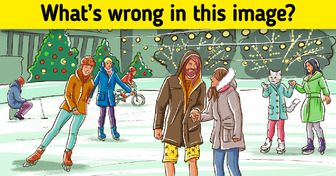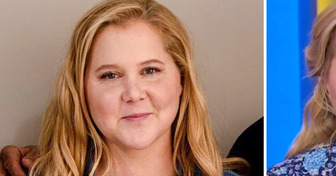Helen Hunt, 60, Stuns During Her Latest Appearance, and Her Lips Become the Center of Attention

Hey, don’t we all love wintertime? Gingerbread cookies and sitting by the fireplace and... frozen methane bubbles? Freezing temperatures afford humanity the pleasure of some very weird winter phenomena. Let’s go take a look at some of them.
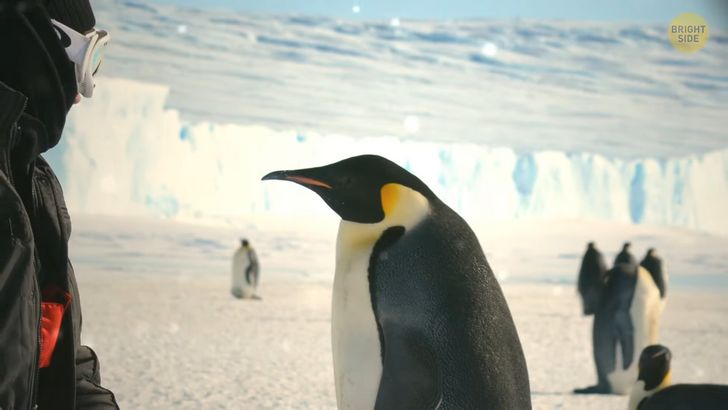
Beneath the surface of Canada’s Lake Abraham, in Alberta, or beneath other lakes across Antarctica, you’ll witness a truly mesmerizing phenomenon of ice bubbles. From the top, they look like glittering jewels. But these bubbles don’t meet our expectations, as they never pop. They just freeze midway, before ever reaching the surface. So how did they get there in the first place? And what are they made of? Some of them come from gas released from the melting of glaciers, while others are a result of the decomposing of the organic matter lying at the bottom of the lakes. Now, they sure look pretty but they are also pretty harmful to human life. These bubbles are made of methane and they can intoxicate you. So, if I were you, I wouldn’t get too close!
If you’re driving on a curvy hillside road when a snow squall begins, you’d be wise to stop driving immediately! A snow squall is the winter equivalent of a severe thunderstorm. The thing is, they are difficult to predict and very fast-moving. There can be sunshine, but then all of a sudden, a huge snow squall might start. If you haven’t heard this term before, it’s because the National Weather Service in the US only began using it in 2018. They called it a squall because it reduces a lot our visibility and can be very dangerous if you don’t take it seriously. But still, falling snow is beautiful, even if it’s that crazy.
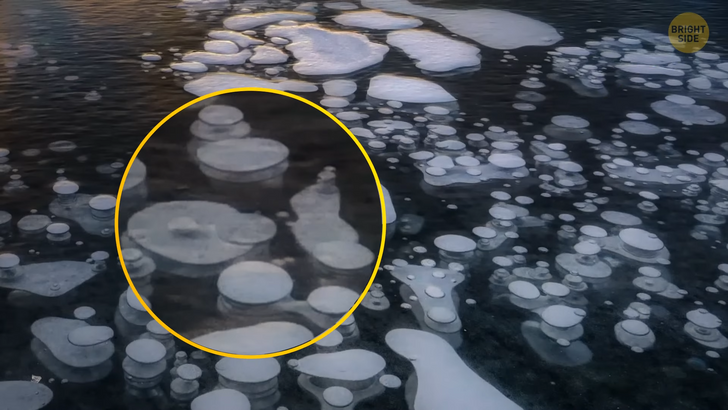
Say this winter you decided to finally visit the famous Niagara Falls. Located between the US and Canada, these falls are the fifth largest waterfall in the world with over 3,000 tons of falling water per second. In winter, the area looks like a winter wonderland and is home to an interesting phenomenon: a frozen fall. No, this isn’t a work of Hollywood or an internet prank. Niagara falls can actually form a layer of ice. This happens when the falls have been exposed to frigid temperatures for a long time. So the surface water and mist in the air turn to ice giving the impression that the entire waterfall is frozen — but that’s not exactly what happens. If you look closely into the ice, you’ll notice that there is still plenty of flowing water.
Have you ever heard of something called a natural snowball? This is a rare yet beautiful environmental phenomenon that happens when smaller pieces of ice end up being rolled by strong winds and water. The further they roll, the more ice they gather, and the more that ice is polished. They end up as giant perfectly shaped snowballs. They would look pretty amazing on their own, but hundreds of them together, that’s some scenery! Some snowballs turn into huge, rolling donuts.
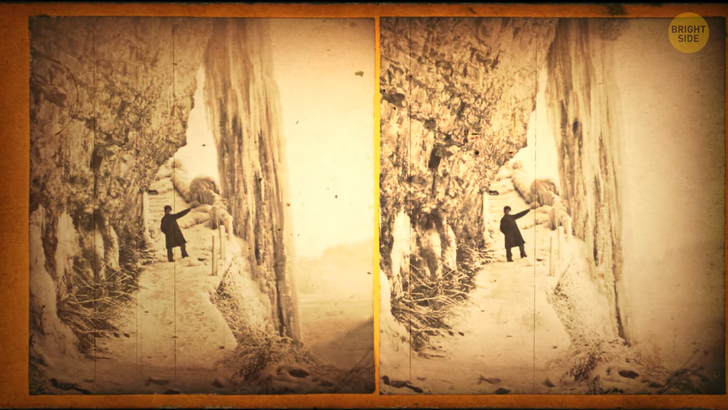
These rare shapes happen only in perfect temperature conditions when the snow is in the perfect state between hard and fluffy. It happens when a snowball begins rolling down, gathering more and more snow until suddenly its middle part collapses. This allows for the snowball to get its donut shape! Hmm, does it also taste as good as a donut? I guess not, right. Ah, almost forgot — if you wanna see them in real life, you’ll have to go to some severely cold places. But still, people reported having seen them in Ottawa, in the Midwest of the US, and even in Scotland!
If you go for a walk in the woods at the beginning of winter, you might stumble upon a magical phenomenon known as frost flowers. These flower-shaped phenomena are rare and occur only when the temperature of the air is freezing but the ground is still moist. When the perfect conditions align, vapor coming out of stems form these veil-thin patterns that make up delicate flower-like ice. Don’t try to pick them, you’ll break them! And certainly don’t try to plant them anywhere else, as they aren’t real flowers. Oh, and be sure to go before the sun is too strong, otherwise it will melt these delicate things.
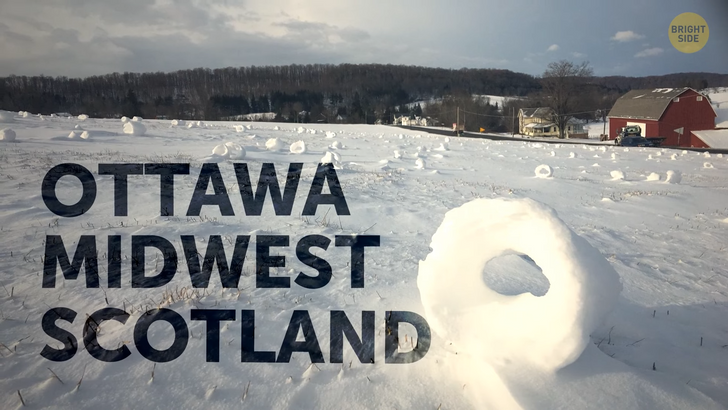
Say you just checked the forecast and the weather for the day is −8 F. Maybe you’d choose staying home underneath the blankets, but I’m sure you’d change your mind if you had the option of this day trip. Picture Yellowstone park under a few feet of snow on a sunny day. If that didn’t do it for you, then add some snow-covered bison and steamy geysers to the scenery. Still not convinced? How about the chance to see the rare phenomenon of hoarfrost? If you haven’t heard of them before, they are a geometrically enchanting type of frost that you can see when moisture in the air skips the droplet stage and appears directly as ice crystals on top of a leaf. They are much more photogenic than your windshield or garden variety frost. FYI, the term hoarfrost comes from Old English meaning a frost that resembles an old man’s beard. What do you say? Does this actually look like a beard?
You are walking in a frost-covered forest on a freezing day when suddenly, you hear a loud banging sound. No, it’s not an avalanche nor an earthquake — you’re in the middle of a frostquake. If only that meant that you’d see beautiful snow crystals cracking on the floor, but that’s not quite the case.
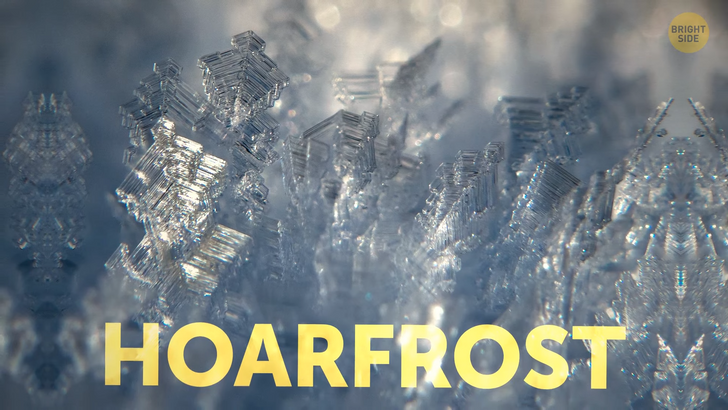
Frostquakes, also known as ice quakes, happen when the moisture below the ground starts to freeze and expand. It’s normal for things to expand in their frozen state — just look at an ice cube for example. These frostquakes can move rocks and the soil above and cause loud cracking sounds as if the world were falling apart. Don’t worry though — it’s not.
If you happen to see black ice, be careful! Although we call it that, black ice isn’t really black. It’s made up of a thin layer of ice that looks black due to the color of concrete or earthy ground. It blends in so well with the ground that it’s almost impossible to spot! It forms during winter days when the ground is wet from rain or melted snow and the temperature suddenly drops below freezing temperatures. So this thin layer emerges, multiplying considerably your chances of slipping while walking on bridges or overpasses. It’s also pretty common on spots on the road that are shaded by trees.
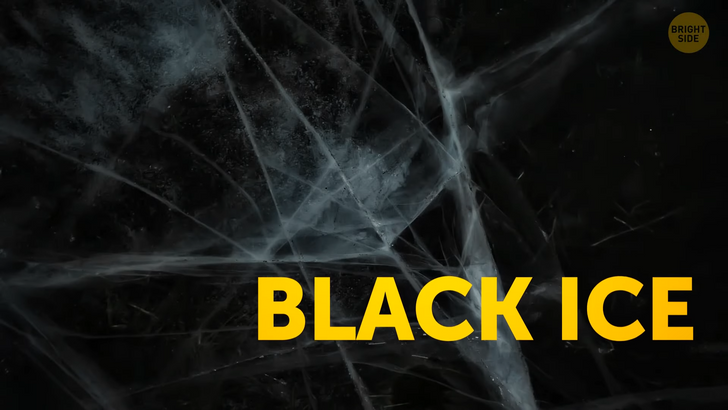
This next phenomenon happens in a very specific wintery context: the Antarctic one. Amongst the unique things that occur on the continent, Antarctica is home to an extremely weird waterfall. The year was 1911 when an Australian geologist wondered about the so-called ‘blood falls’. He was extremely puzzled by this red stream of liquid pouring from a small hillside amongst the Antarctic ice. After years of studying, it was understood that what caused the redness was the high iron content in the water. The last piece of the puzzle came when scientists discovered that there was an underground lake with water full of oxidized iron nearby, which was what caused the blood fall to exist in the first place.
The North Pole is more than Santa’s fictional home. Together with the South Pole, it is home to the so-called Polar Vortex, a phenomenon that helps to enhance our winter experience. The polar vortex is a large area of low-pressure and cold air. It’s called a vortex simply because over there the air rotates counterclockwise.
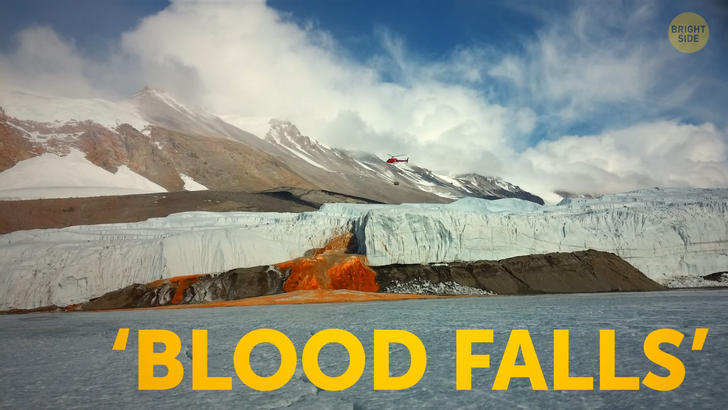
It sends a jet stream that makes you wanna bundle up and helps induce several winter phenomena such as freezing fog. If fog is when a cloud touches the ground, what happens when it freezes? You can expect that all of the moist droplets of water that are hanging around in the air will possibly freeze when they touch the ground. Meaning you really wouldn’t want to be driving around in the middle of one of these things!



